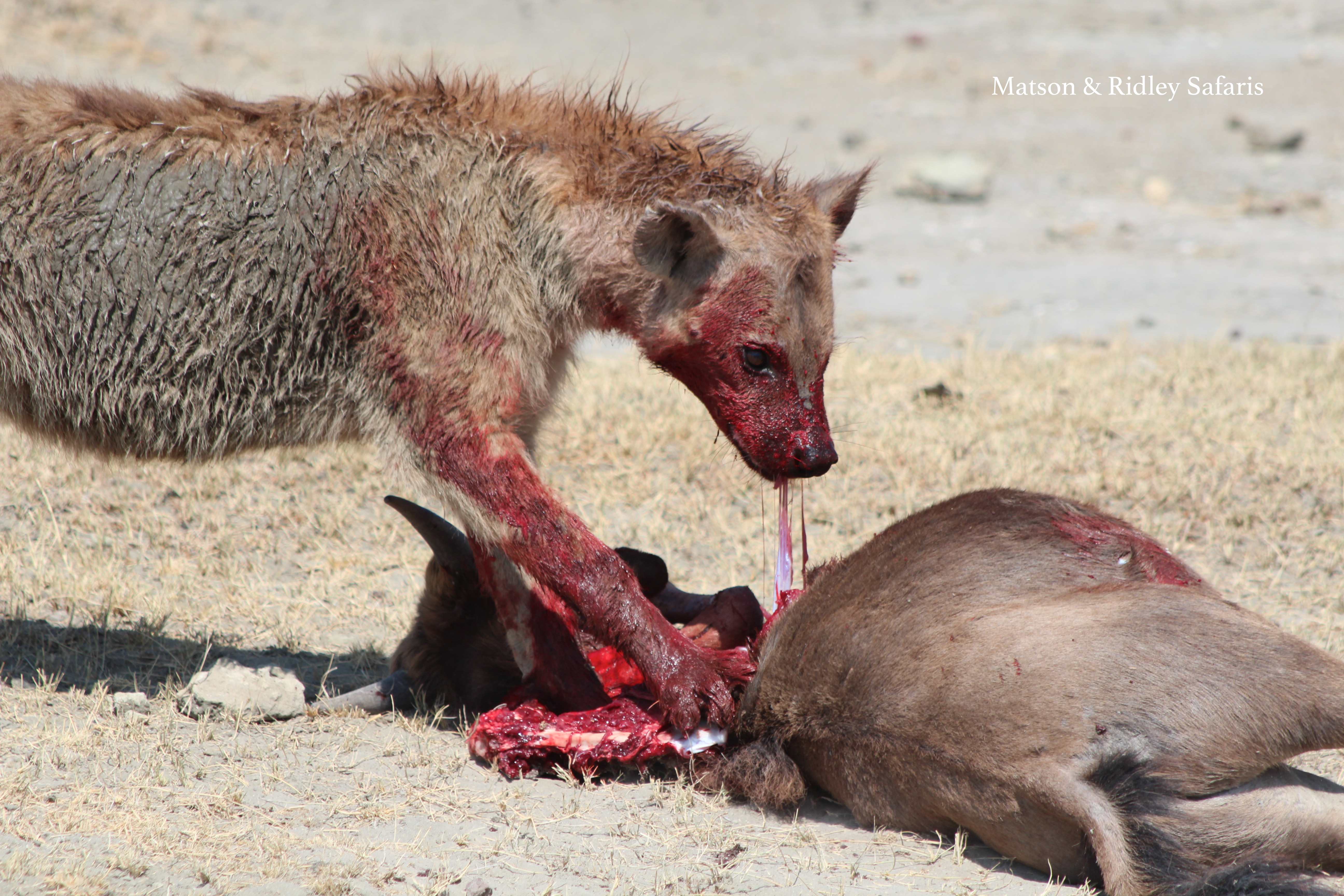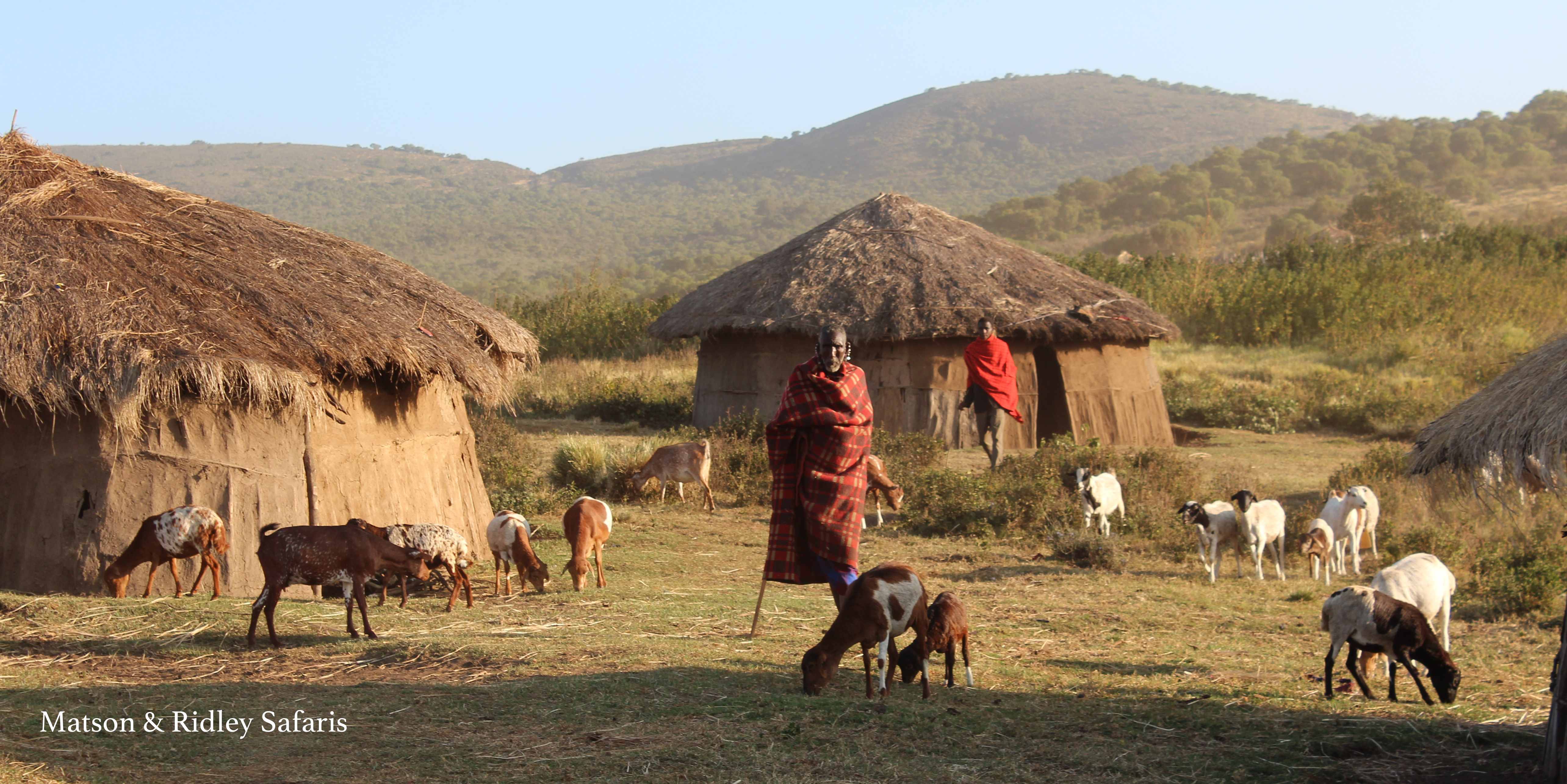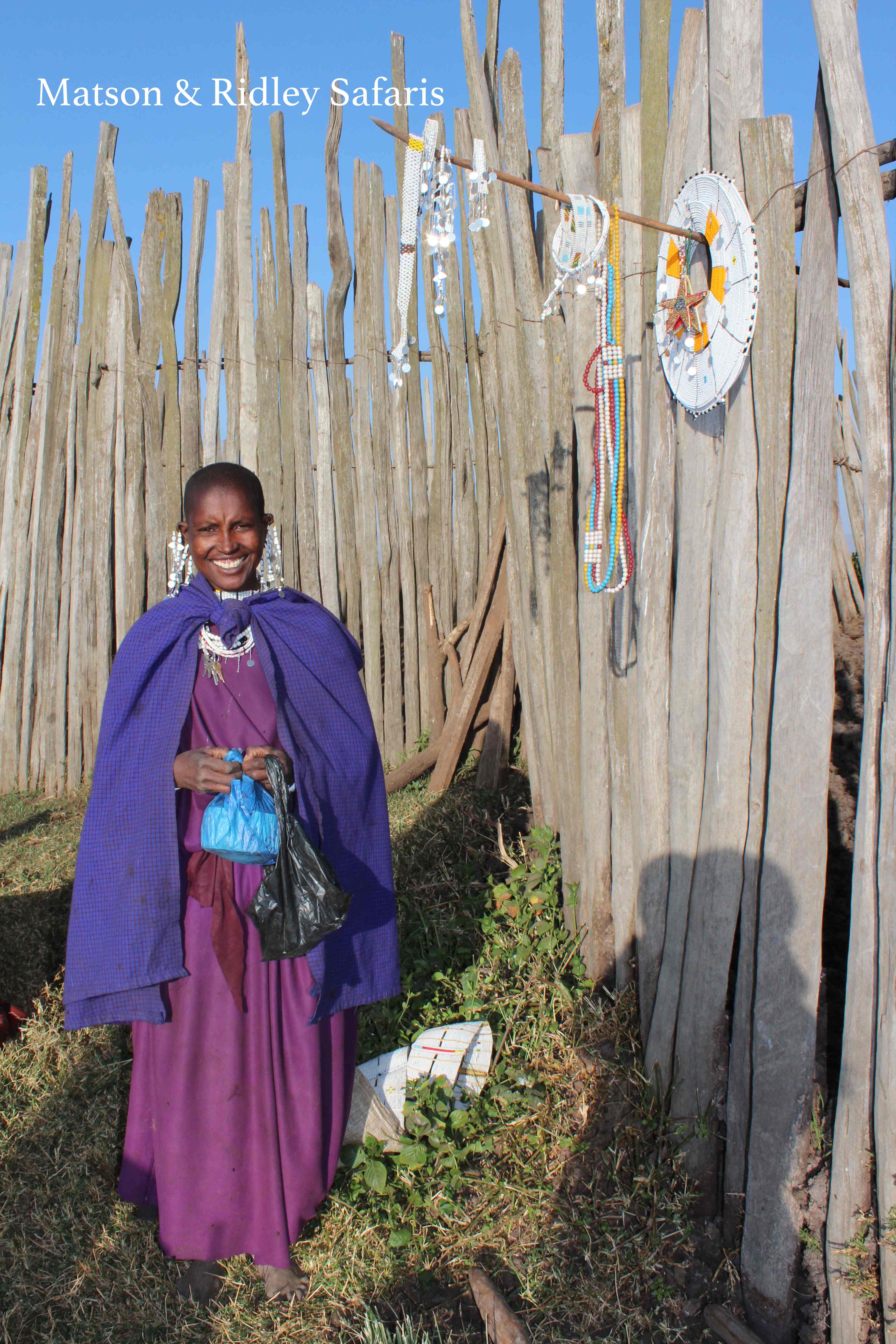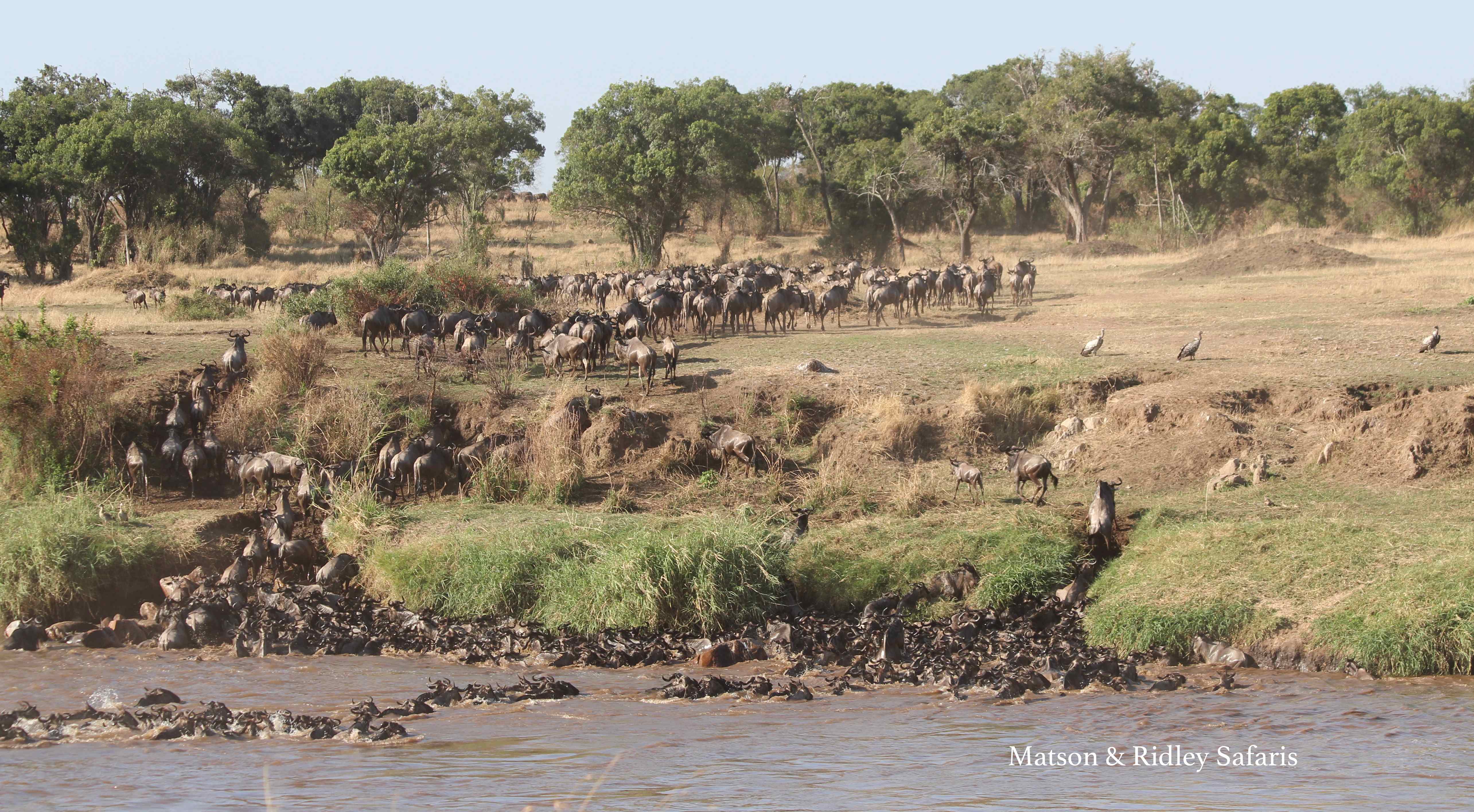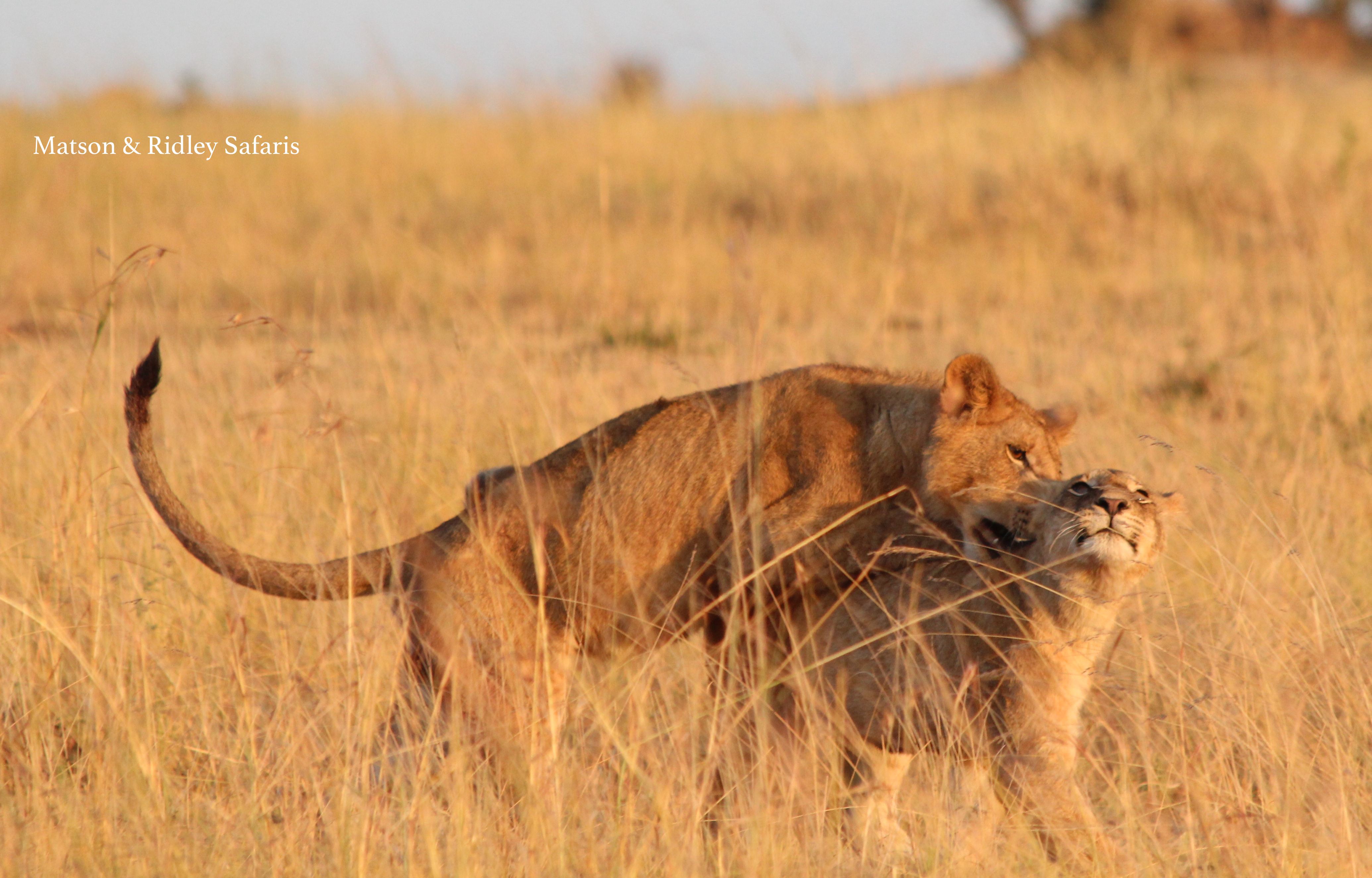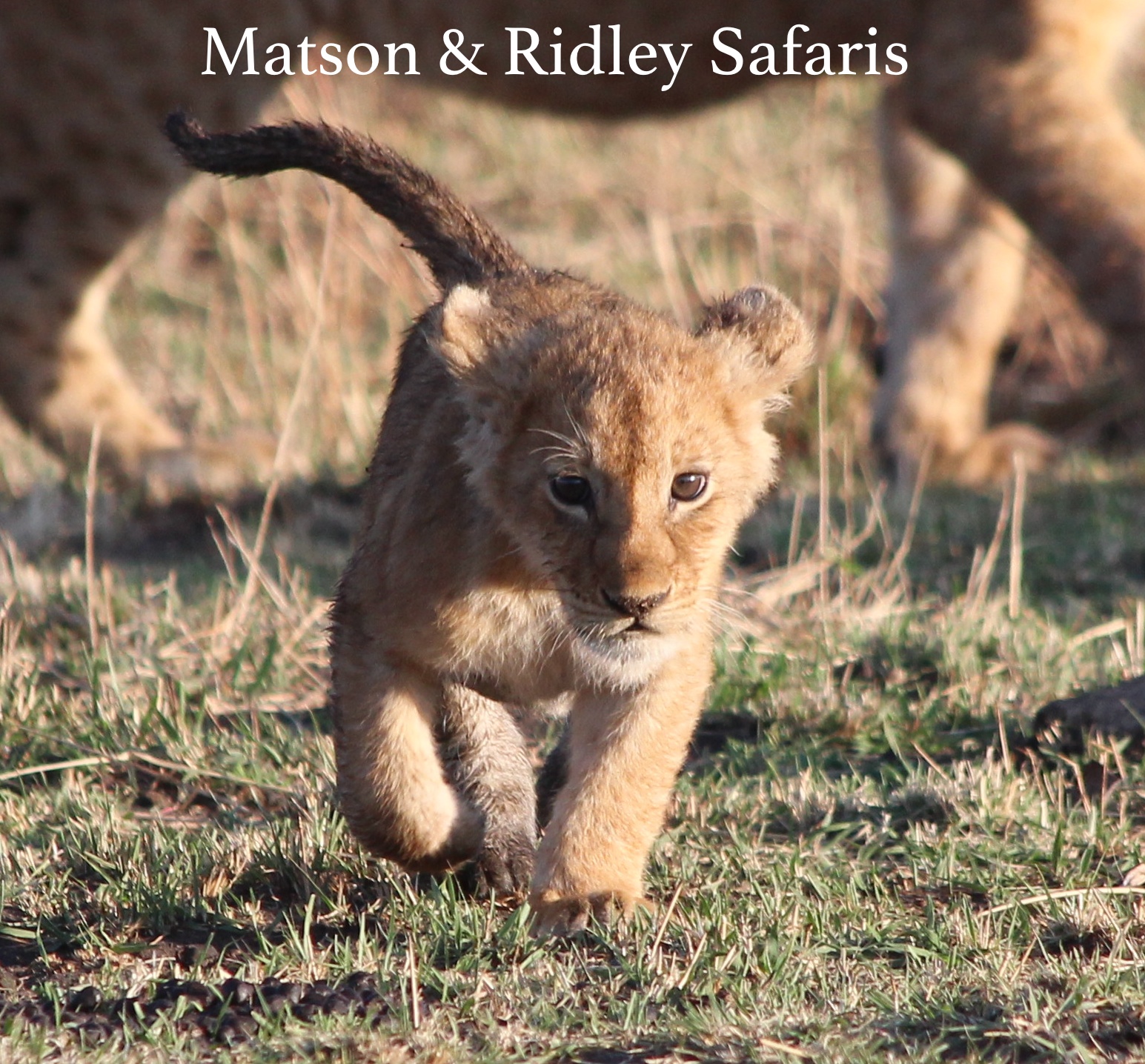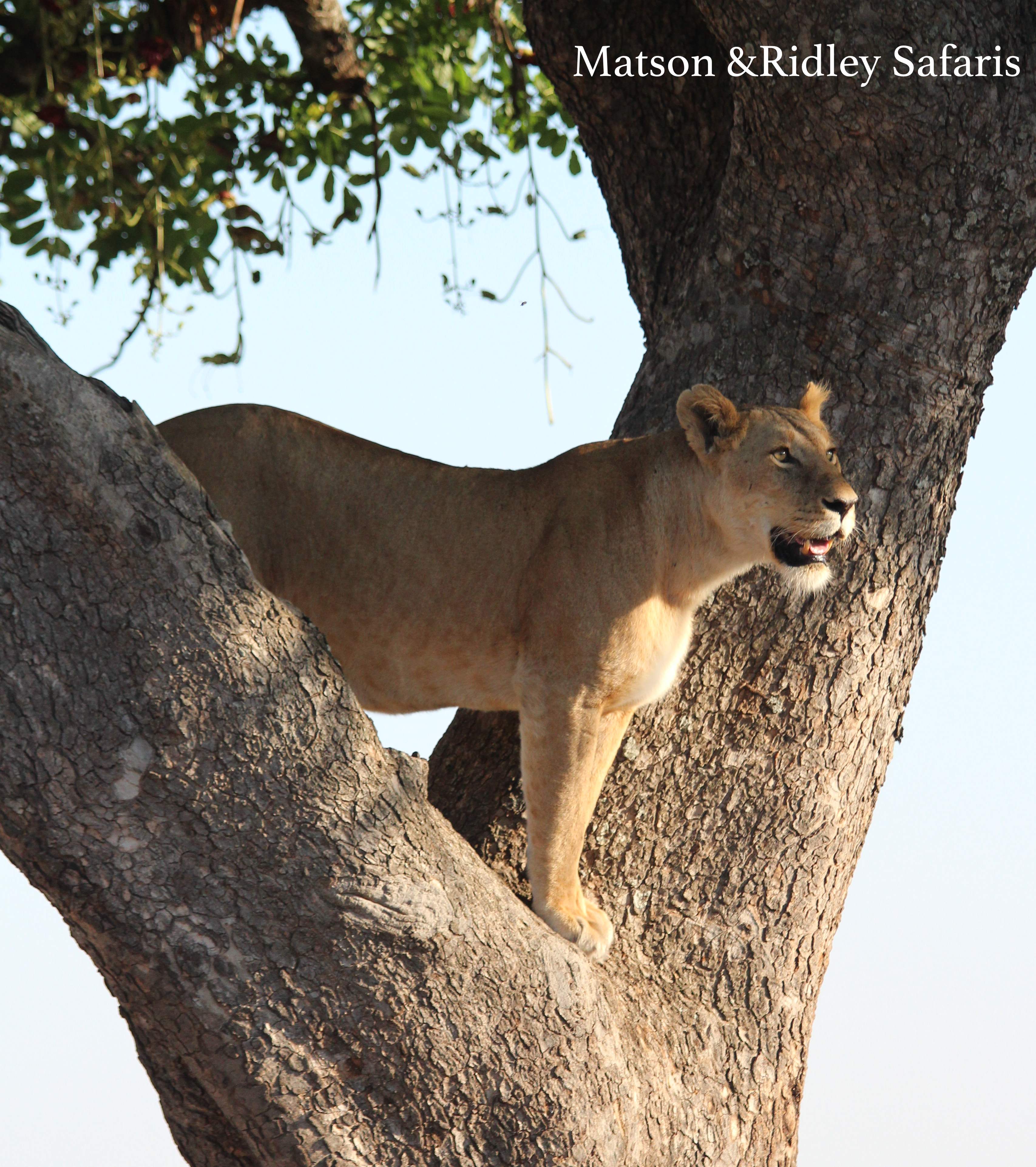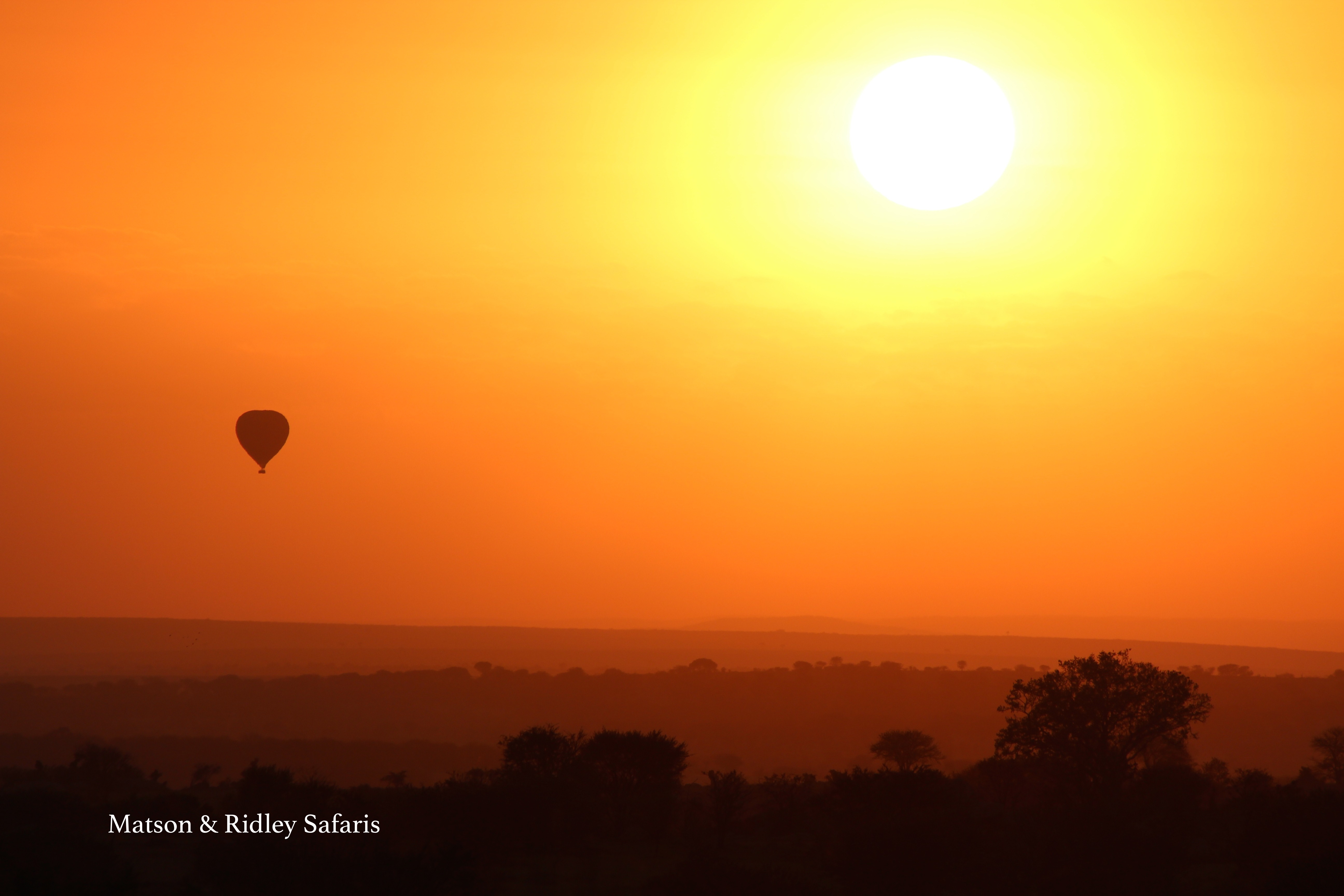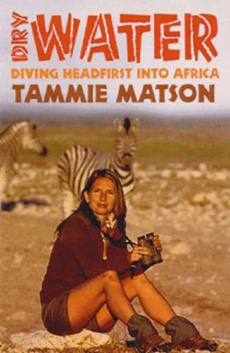Mind-blowing Tanzania
Names like Ngorongoro and Serengeti are world famous, and recently on a journey there with 9 lovely folks from Singapore, I got the chance to see why. The northern part of Tanzania is part of the Greater Mara-Serengeti ecosystem, so if you’ve been to the Maasai Mara in Kenya, that’s just over the border from where this safari took place.
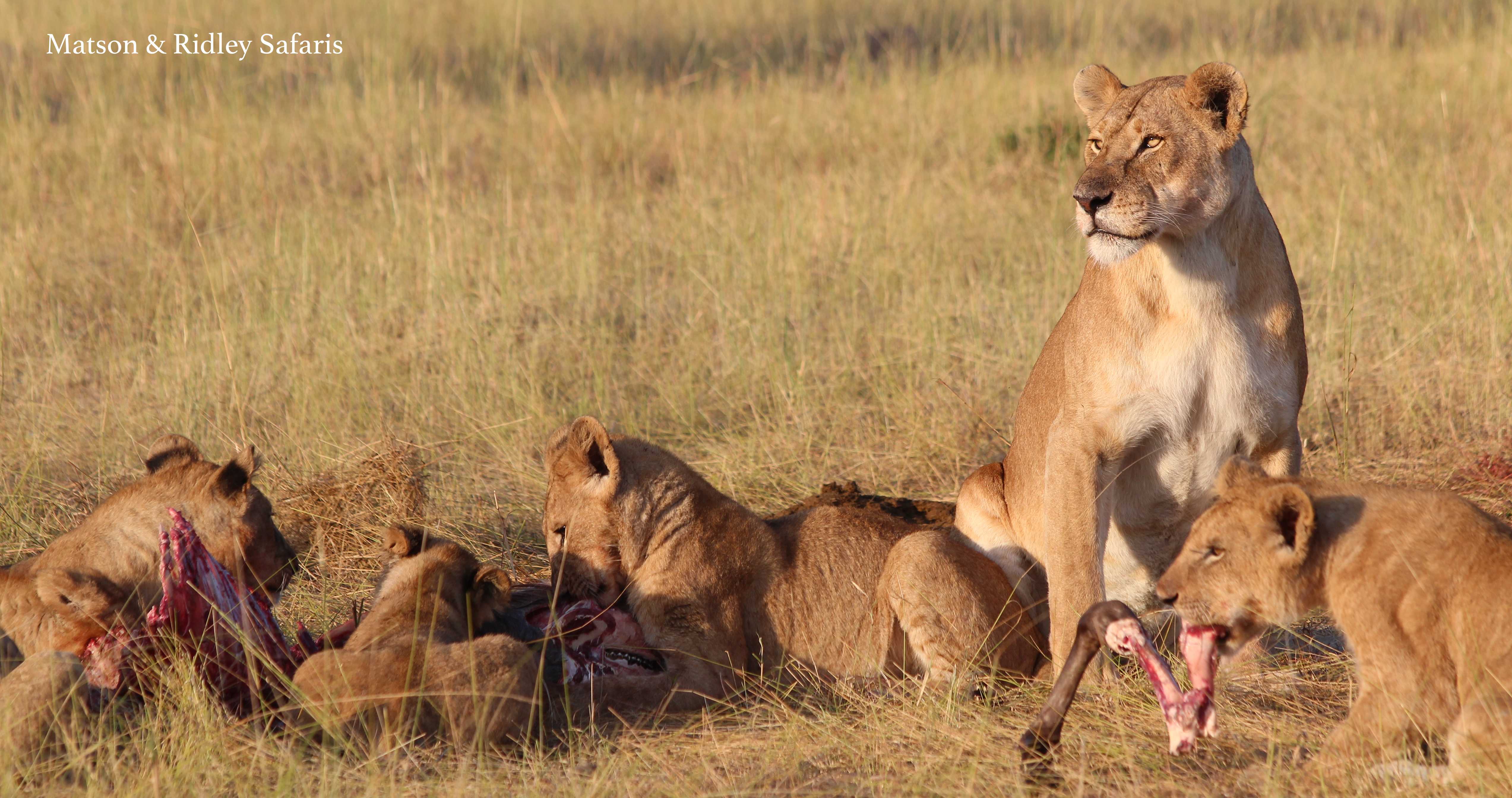
The lions in the Serengeti allow you to watch them at close range as they have been studied for many decades and are used to tourist vehicles
The Serengeti really does have to be seen to be believed. I think we did have unbelievably good luck to see a rare female black-rhino and calf in the scrub, but relatively out in the open, but when on the same afternoon, a young male leopard crawled out of his resting place up high in a tree at sunset and proceeded to walk in front of our open Land Cruiser, I just about fell out of the car. Leopards are always elusive and when you get to see one up close, it’s really something special. And this fellow was posing on a boulder like he was on Australia’s Got Talent!
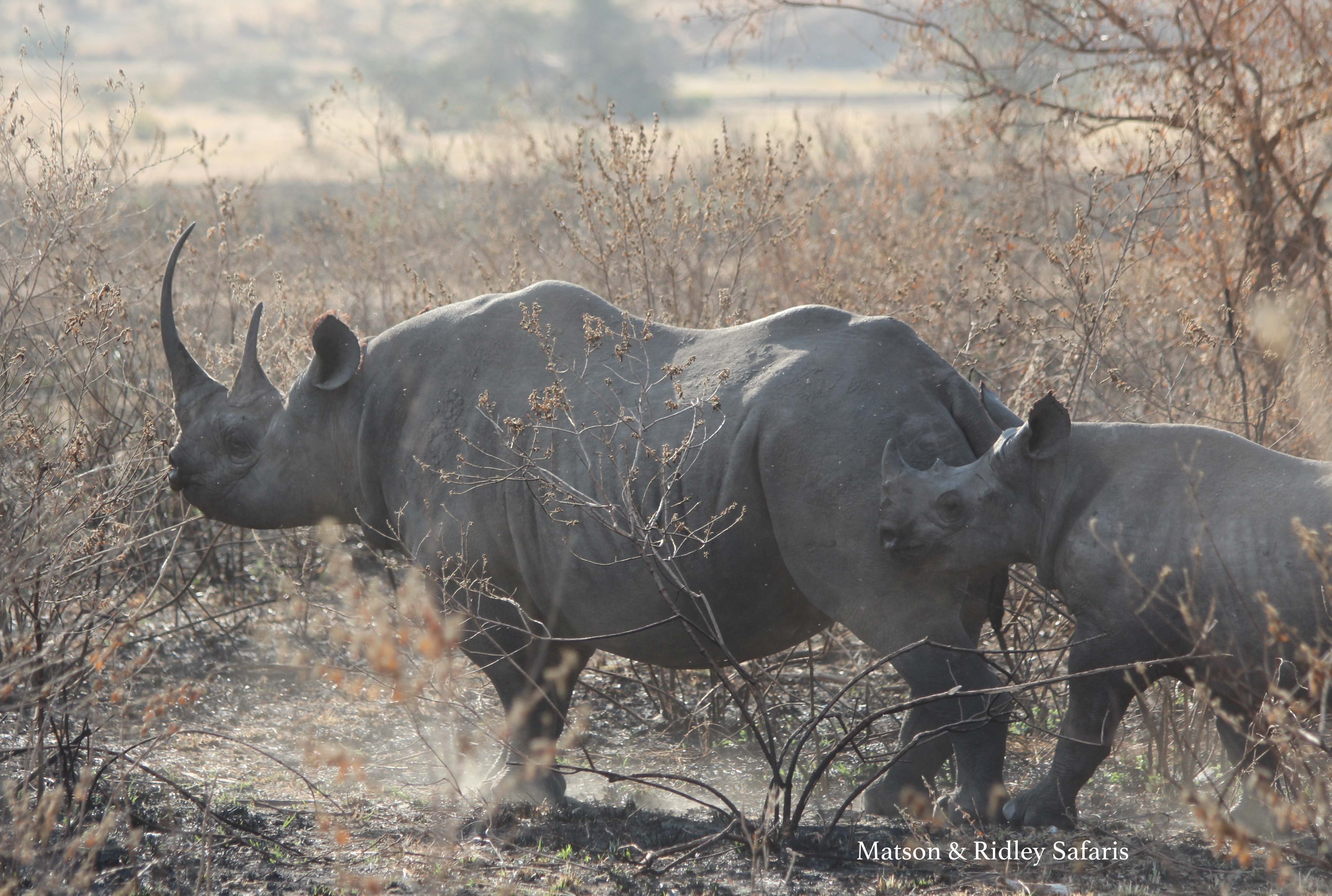
A very rare sight in the Serengeti as there are few rhinos in Tanzania – a mother black rhino and calf.
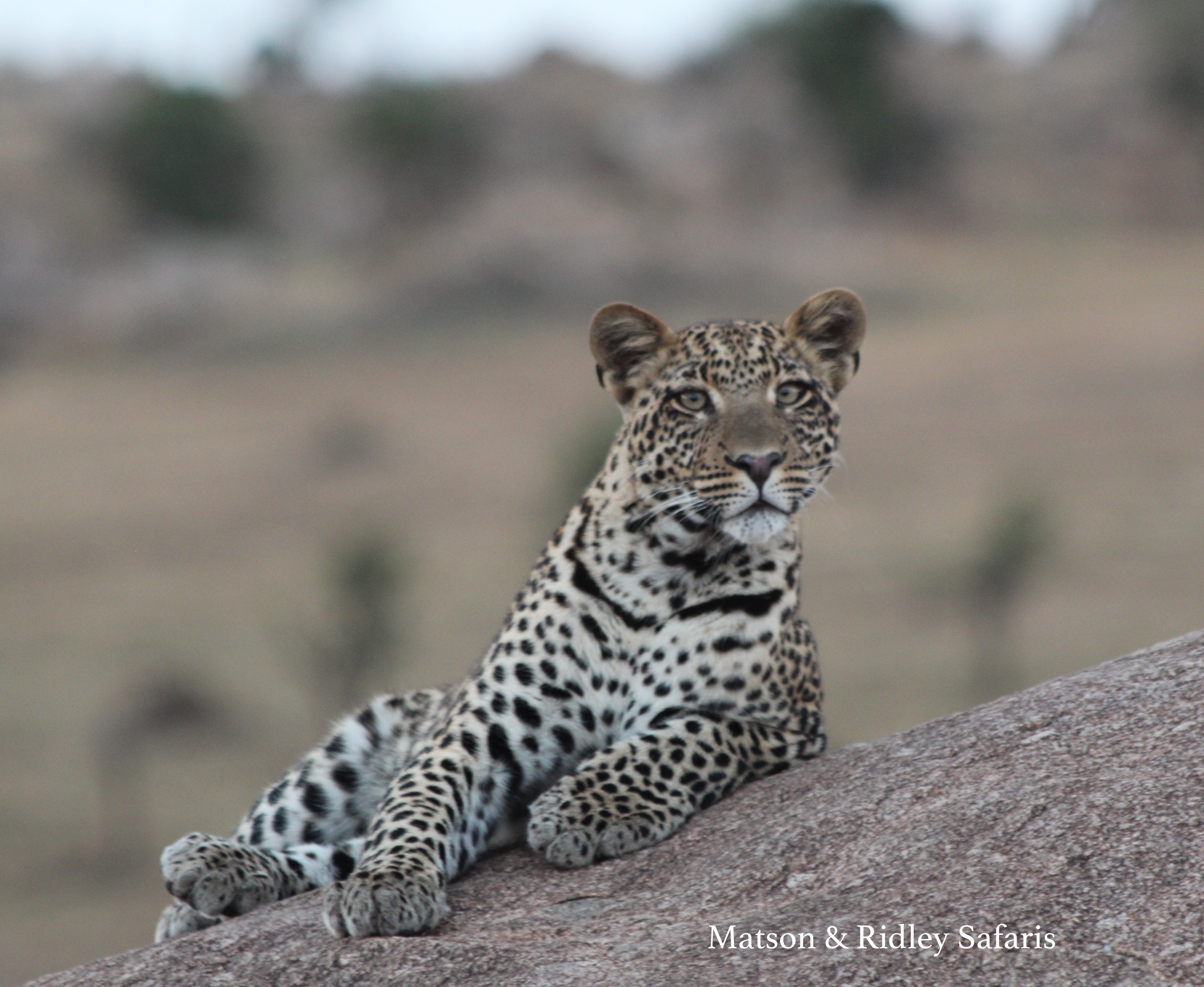
I think I’m going to have to blow this picture up and frame it…. I’ve spent so many years working in impala habitats where leopards live and rarely seen this elusive cat up close. Incredible!
But I’m jumping ahead. First we visited Ngorongoro, the famous conservation area, which is actually a huge volcanic caldera surrounded by mountains. It’s not a huge area to cross, and you can cover much of it in a day. The main feature of course is vast grasslands on which live thousands of white-bearded wildebeests and common zebras, along with both Grants and Thomsons gazelles, warthogs and Cape Buffaloes. Elephants live in the woodlands near the mountains, and move across the grasslands.
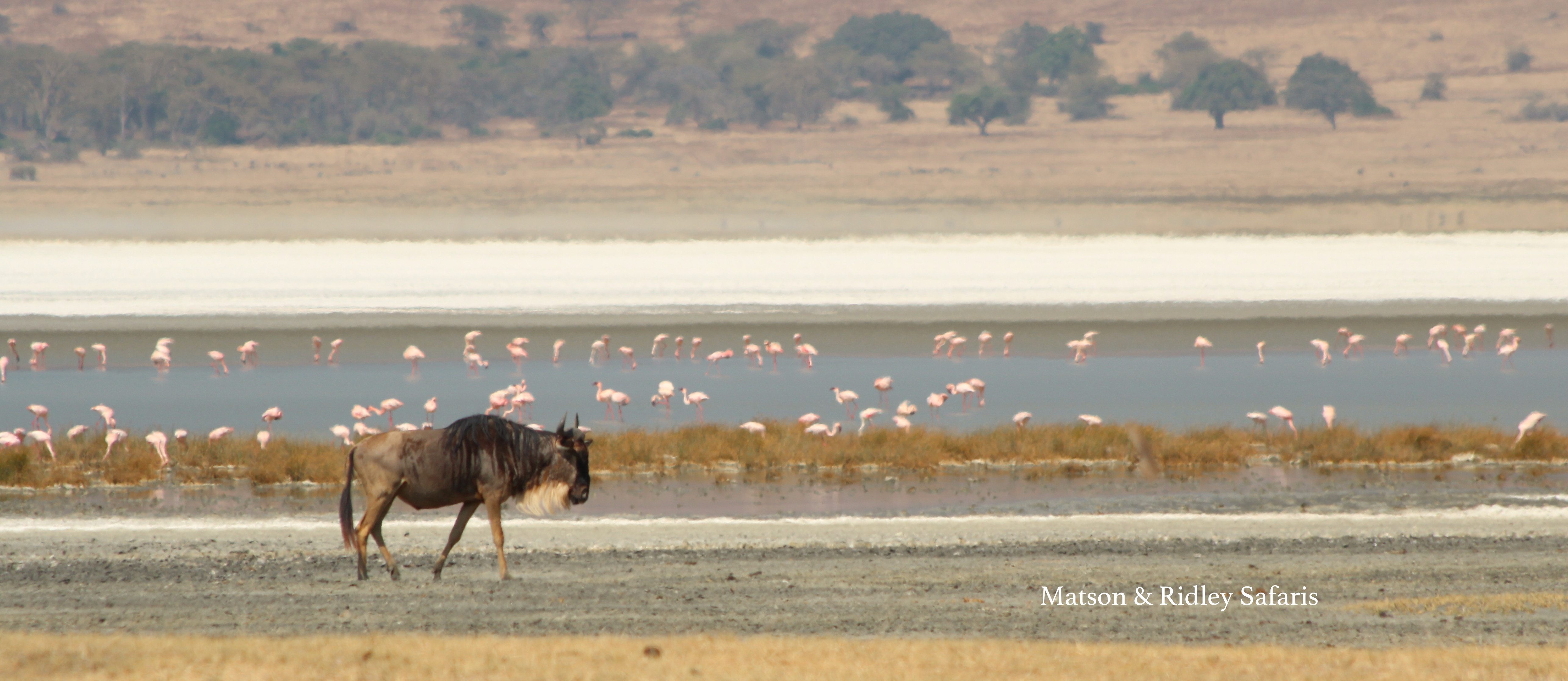
One of many many white-bearded wildebeest in the Ngorongoro Conservation Area walking past hundreds of flamingoes
Set against the backdrop of the white salt pan, which at the time of our visit contained hundreds of bright pink flamingoes, the sheer number of animals in every direction is just spectacular. This is a public park of course, so you have to expect lots of other vehicles when you find the lions mating (which we did – about 20 of them lined up to watch the very fleeting act of feline ooh-lala). But here we also saw something you don’t see very often, a spotted hyaena making a kill of a young wildebeest right in front of the vehicle!
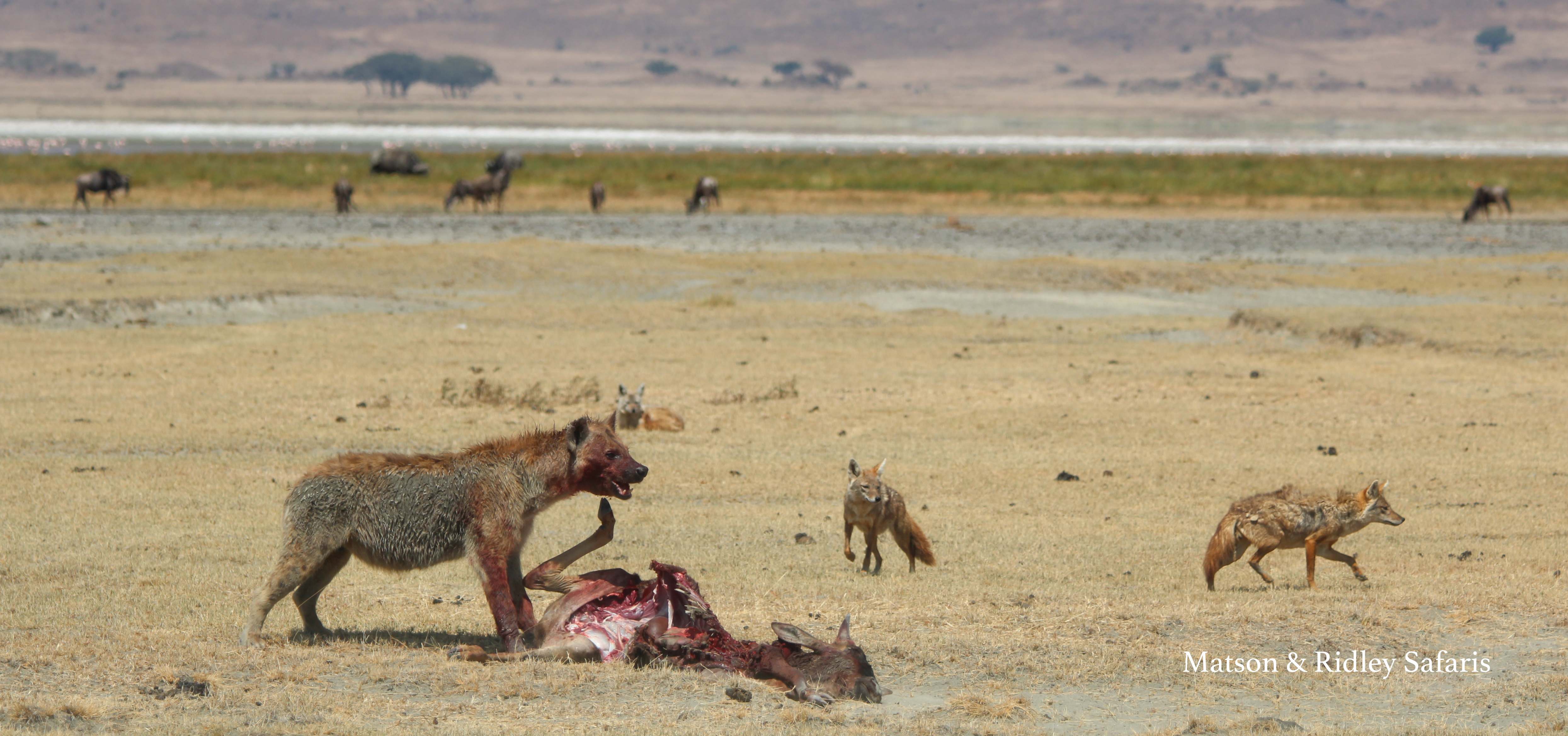
The wildebeest was almost totally devoured in 15 minutes as we watched, and 3 jackals tried to steal a morsel where they could
We stayed at the brand new Asilia Africa camp, The Highlands, which is 100% solar powered and has just been described by Forbes magazine as the coolest and most eco-friendly camp in Africa. I have to agree – it’s a beautiful camp and the rooms with their architecturally designed shapes and inside fire places are just gorgeous. The view of the surrounding mountains is spectacular. This camp is an alternative to the main lodges at Ngorongoro that offers privacy and something a little bit different, and best of all, it’s a community partnership with the local Maasai, so every night you stay gives back directly to the local people.
It’s a wonderful experience to visit the local Maasai village while you’re staying there (a truly authentic experience, away from the main tourist throngs). A warning though, it is very cold at The Highlands in winter so you really do need to bring your winter woollies! Also at 7500 feet, most people do feel some effects from the altitude (most commonly being a bit short of breath when walking).
Next it was onto the Serengeti and a 3 night stay at Asilia’s gorgeous Sayari Camp. For me and my group this was the highlight. On our first afternoon it was the rhinos and the leopard. The next day it was what we had come there to see, the Great Migration, and in particular the crossings of the wildebeest over the Mara River. We were not disappointed. The photos don’t do it justice. It was drama, tension and adrenaline. I swore out loud on more than one occasion as a young wildebeest drifted down river past the bloated corpses of dozens of wildebeest that didn’t make it, while vultures and marabou storks pierced their stinking bodies with sharp beaks. It took some time before the wildebeest decided to actually cross, as if they knew the danger involved, and more than once we watched them turn back, and then return to the river, in what seemed to me a game of follow the leader, even though it was never clear who was in charge of that decision. When they finally did cross, those who made it had to scramble up the steep bank on the other side, over the bodies of many wildebeest that had already perished or become paralysed. If the crocodiles were there, they were nowhere to be seen, clearly satiated and feeling far too full to eat another wildebeest (we all know that feeling after Christmas dinner). Everyone in my group was mesmerised and I think also a little overwhelmed by all the casualties. Everyone cheered each time a young wildebeest made it out of the river. You can’t help getting caught up in it all.
The days that followed brought more and more animals – elephants, lions in huge prides (these are the best studied lions in Africa), impalas, topi, hippos, cheetahs…. By night, the noises of animals wandering through camp made it disappointing to fall asleep – hyaenas, zebras, hippos and wildebeest sounds all rang out through the evening. By the last day of the safari, my group all said they couldn’t ask for more. One decided to sit by the pool, and let me tell you, that doesn’t happen often in a week long safari! Usually there is just one more thing you want to see…. And of course there is always more to see because Africa always surprises you, just when you think you’ve seen it all. On our last morning, a few of us who went out got to see two gorgeous little lion cubs, part of a pride of 24, and then a lioness scaled a tree, something I’ve heard about that happens in this part of the world but had never seen. Usually lions don’t climb trees, but some of the lions in Tanzania have developed this habit.
I can’t wait to go back to Tanzania again. It was simply out of this world. If you’d like to join me on my safari there next August, I have only got 2 places left. Get in touch now if you want to experience this once in a lifetime journey!
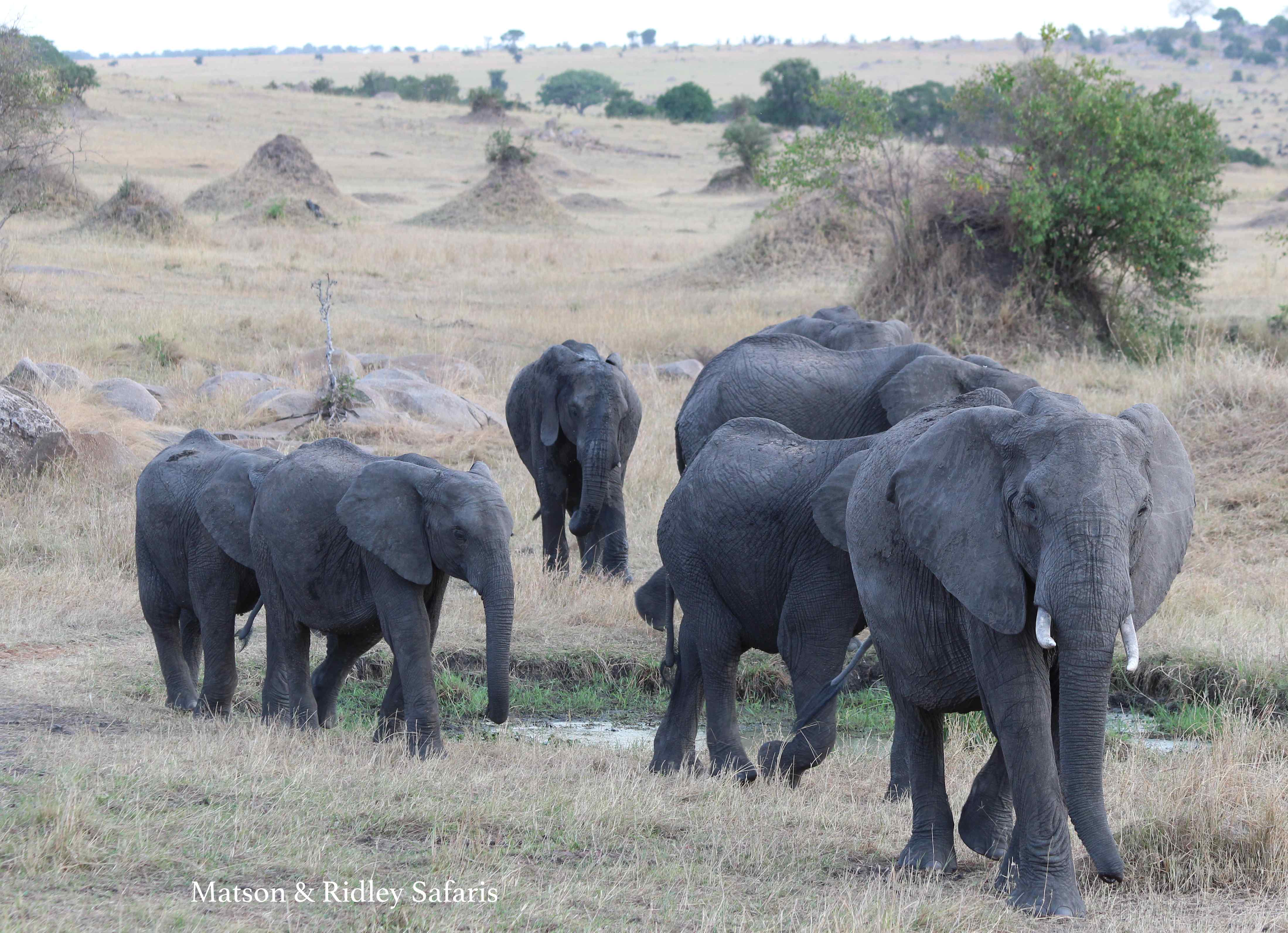
The elephant population of Tanzania has been hard hit by poaching, losing 60% in the last 5 years, but the population in Serengeti is doing better than parks in the south.
More details on my safari to Tanzania are available here. Please note that my Rwanda journey for 2017, trekking with mountain gorillas is now sold out as these book out over a year in advance, but I still have one room available for 2 people sharing for Tanzania.

